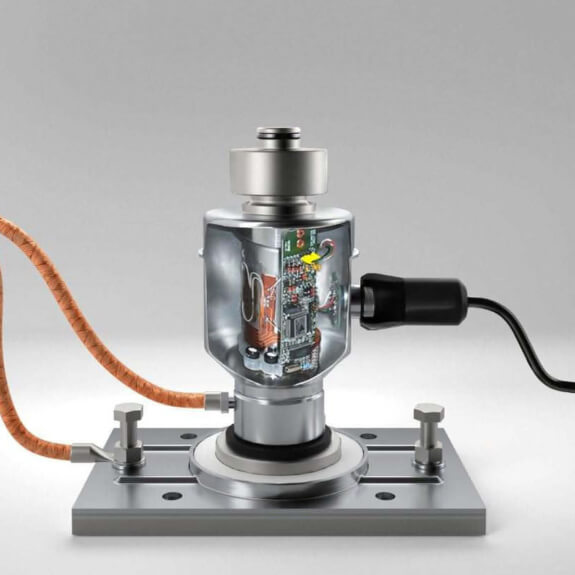
When it comes to industrial and commercial weighing systems, one of the pivotal components ensuring accuracy and reliability is the load cell. Load cells are transducers that convert force into an electrical signal. This conversion allows weighing systems to provide precise measurements, making them indispensable in various industries from manufacturing to transportation. South African industries rely on various types of load cells to cater to diverse weighing requirements. Let’s delve into understanding the four primary types of load cells utilised in most weighing systems.
Strain Gauge Load Cells
The strain gauge load cell is perhaps the most popular and widely used type. It operates based on the principle that when a material is subjected to strain (deformation), its electrical resistance changes. These load cells are equipped with strain gauges which are bonded to a substrate. When force is applied, deformation occurs, leading to a change in the electrical resistance of the strain gauge. This change is then translated into weight readings.
Not only are these cells known for their accuracy, but they also offer great versatility. Their design is suited to both tension and compression loading. Moreover, due to their robust and straightforward construction, they are often preferred for large-scale industrial applications where durability and reliability are paramount.
It’s also noteworthy that while strain gauge load cells are highly efficient, environmental factors like temperature changes might influence their readings. However, most modern designs come with compensation features to counteract these effects, ensuring consistent accuracy.
Capacitive Load Cells
Capacitive load cells are designed around the principle of capacitance change. Essentially, a capacitor consists of two plates with a dielectric material in between. When a force is applied to the load cell, the distance between these plates changes, leading to a variation in capacitance. This change is then converted into an electrical signal that corresponds to the weight.
One of the defining characteristics of capacitive load cells is their sensitivity. They can detect even minute changes in weight, making them ideal for applications where precision is critical. They’re also largely unaffected by temperature fluctuations, giving them an edge in certain environments.
However, because of their sensitive nature, they might not be the best choice for high-load applications. But in scenarios where precision outweighs heavy-duty requirements, capacitive cells shine.
Hydraulic Load Cells
Hydraulic load cells are somewhat different from the aforementioned types. They operate based on the principle of Pascal’s Law, which states that pressure exerted anywhere in a confined incompressible fluid is transmitted undiminished throughout the fluid. When a force is applied to the hydraulic load cell, it causes a pressure increase in the fluid inside. This pressure can then be measured and converted to a weight reading.
These types of cells are particularly known for their ability to handle extremely heavy loads. They are robust, with the added advantage of being immune to electrical interference. This makes them an excellent choice for environments where electrical signals might pose a challenge.
One potential drawback is that they require a sealed system to prevent fluid leakage. Any compromise in the seal can impact the accuracy of the readings. However, with proper maintenance and care, hydraulic load cells can offer consistent and reliable measurements.
Pneumatic Load Cells
Pneumatic load cells operate on a principle similar to hydraulic cells, but instead of fluid, they utilise air. When a weight is placed on the pneumatic load cell, it causes a change in air pressure. This pressure is then balanced by introducing an external pressure, the value of which gives a direct measure of the applied weight.
These cells are inherently safe for hazardous environments since they don’t rely on electricity. They are often used in locations where there’s a risk of explosion or where electrical interference is a concern. Furthermore, they are resistant to temperature changes, which means they can provide stable readings across various conditions.
However, similar to hydraulic cells, they require a well-maintained and sealed system. Air leaks can compromise their accuracy. Nonetheless, when set up correctly, they offer a reliable weighing solution especially in challenging environments.
Load cells are the backbone of any weighing system, ensuring accuracy and efficiency. Whether it’s the popular strain gauge type or the precise capacitive cells, each has its unique advantages catering to specific industry needs. For South African industries and businesses, understanding these differences is key to choosing the right load cell for optimal performance. With continued advancements in technology, we can expect even more refined and efficient load cells to emerge, further revolutionising the world of weighing.


